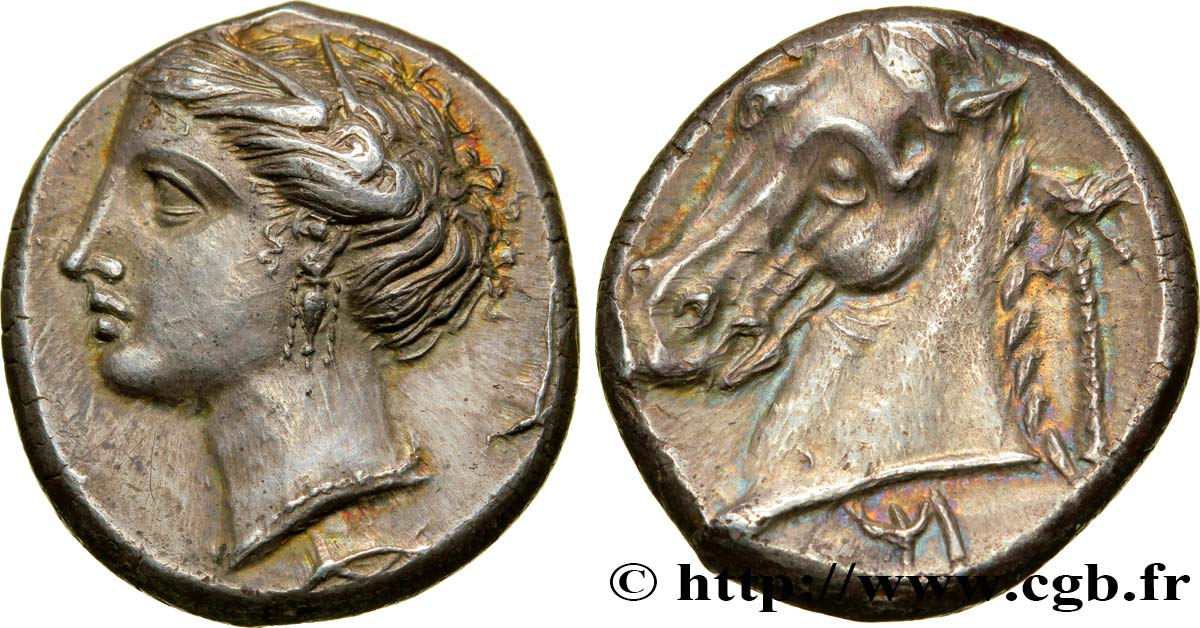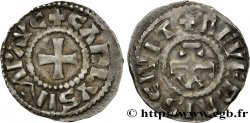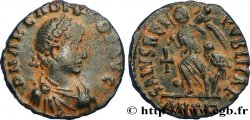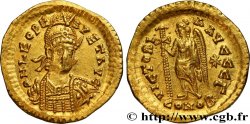Live auction - bgr_341032 - SICILY - SICULO-PUNIC - ENTELLA Tétradrachme
You must signin and be an approved bidder to bid, LOGIN TO BID. Accounts are subject to approval and the approval process takes place within 48 hours. Do not wait until the day a sale closes to register. Clicking on "BID" constitutes acceptance of the terms of use of cgb.fr private live auctions.
Bids must be placed in whole Euro amounts only. The sale will start closing at the time stated on the item description; any bids received at the site after the closing time will not be executed. Transmission times may vary and bids could be rejected if you wait until the last second. For further information check the Live auction FAQ
All winning bids are subject to a 18% buyer’s fee.
All winning bids are subject to a 18% buyer’s fee.
| Estimate : | 3 500 € |
| Price : | 3 100 € |
| Maximum bid : | 3 100 € |
| End of the sale : | 03 December 2014 14:02:00 |
| bidders : | 3 bidders |
Type : Tétradrachme
Date: c. 320/315 - 305/300 AC.
Mint name / Town : Entella (le Camp), Sicile
Metal : silver
Diameter : 25,5 mm
Orientation dies : 5 h.
Weight : 17,07 g.
Rarity : R2
Coments on the condition:
Exemplaire de qualité exceptionnelle pour ce type sur un flan ovale, bien centré des deux côtés. Tête très particulière de style orientalisant de haut relief. Revers magnifique. Patine de médaillier fantastique avec des reflets dorés et bleutés irisés
Catalogue references :
Predigree :
Certificat d’exportation
Obverse
Obverse legend : ANÉPIGRAPHE.
Obverse description : Tête de Tanit (Perséphone ou Aréthuse) à gauche, la coiffure ornée d'épis avec un collier de perles et des boucles d'oreilles, entourée de dauphins dont deux seulement visibles sur cet exemplaire.
Reverse
Reverse legend : LETTRE PUNIQUE (M POUR MACHANAT).
Reverse description : Tête et cou de cheval à gauche ; derrière un palmier.
Commentary
Mêmes coins que l’exemplaire de la collection Pozzi (Naville) 1921, n° 3302 (CPS, 251, pl. 20). La tête est directement inspirée par certaines monnaies de Carthage à l’effigie de Tanit. La tête et le cou du cheval occupent pratiquement tout le champ.








 Report a mistake
Report a mistake Print the page
Print the page Share my selection
Share my selection Ask a question
Ask a question Consign / sell
Consign / sell










